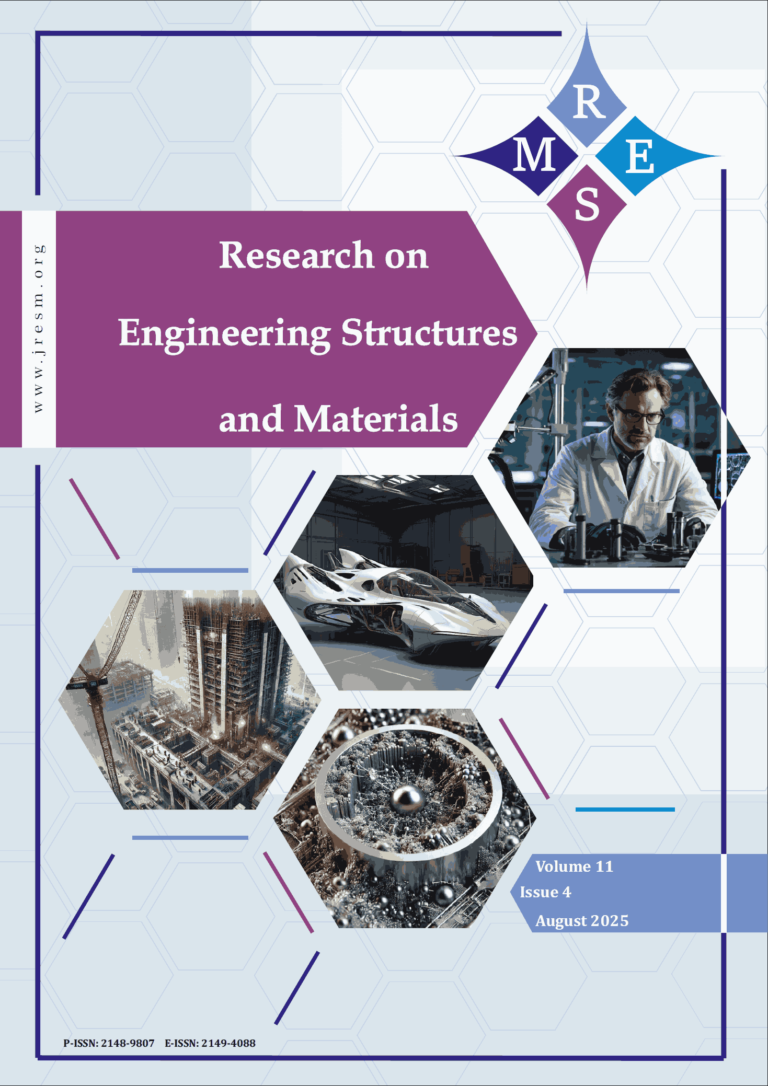Recent earthquakes occurred in many parts of the world have shown that unreinforced masonry [URM] buildings constructed according to older codes may constitute an important source of risk. It is known that the mechanical response of the masonry structures depends on several factors including the compressive and shear strength of its constituents, bricks shape as well as the volumetric ratio between the wall texture and components. In this study, the effects of the material choices of a particular type of masonry buildings were studied. The typology chosen in this study represents a typified masonry building of the current Albanian building stock; these buildings were mostly built between 1977-78 and thus were designed without considering the seismic requirements proposed in today’s modern codes. This template building has been constructed in different regions of the country with the same architectural and structural configuration in two versions; red clay bricks and silicate bricks. The aim of this study is to investigate the influence of these two different materials on the seismic response of the selected masonry building. The evaluation is based on the use of nonlinear static analyses, performed by using TREMURI software. In order to estimate the reliable seismic response for this typology, extensive research in terms of historical information, structural characterization and the definition of the inherent material parameters has been executed. Upon the evaluation of the obtained results, in contrast to the type of buildings constructed by clay masonry, calcium silicate one showed a stiffer and slightly stronger response. However, at similar values of in-plane, lateral drift they exhibited more brittle response yielding unforeseen damage during seismic excitations.
